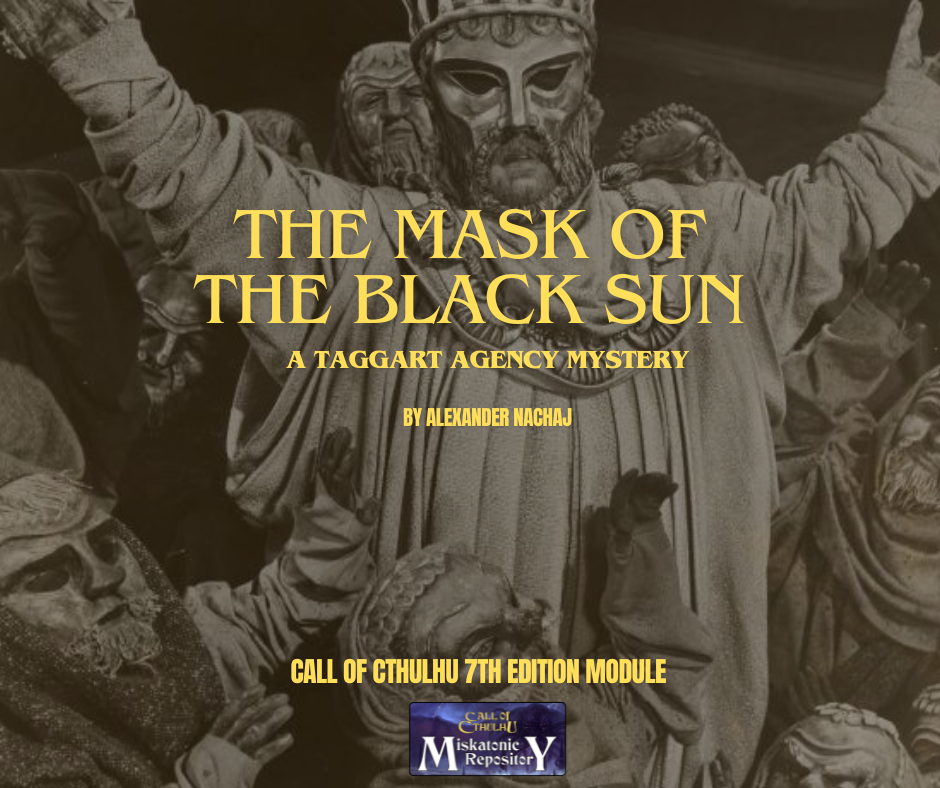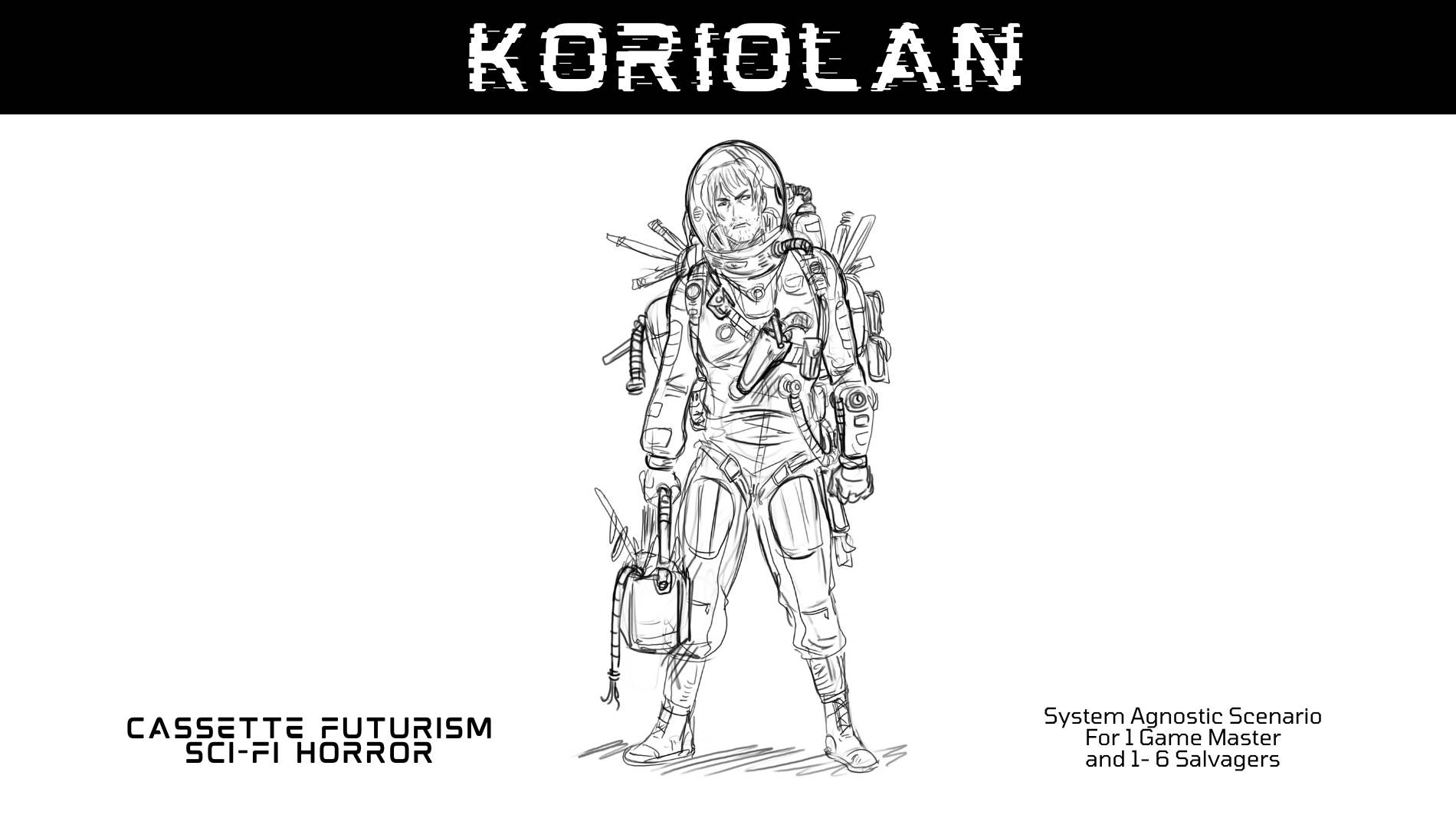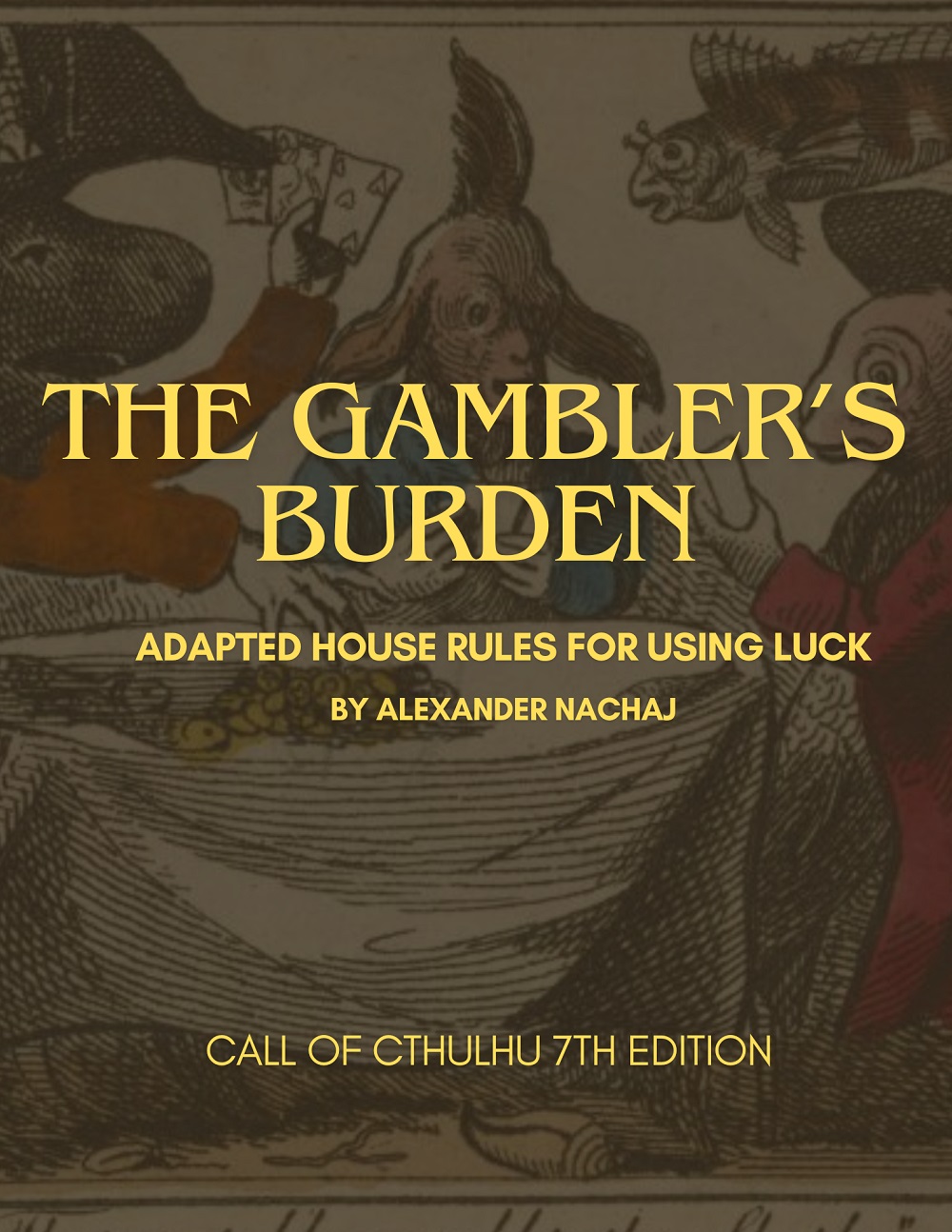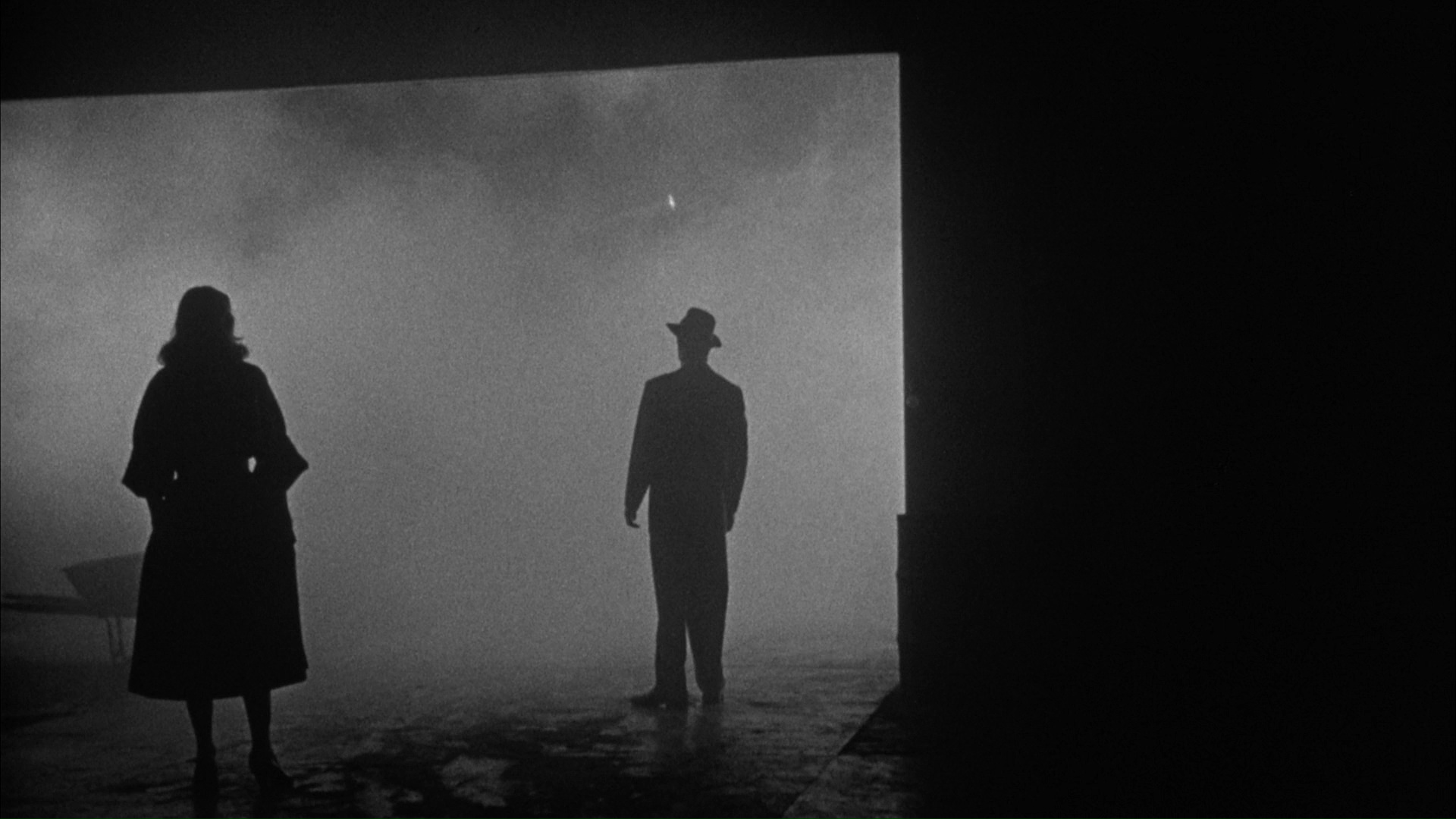Koriolan, our system agnostic cassette-futuristic sci-fi horror scenario was recently selected for inclusion in Tiny Tome 2 – a collection of micro-RPGs.
Tiny Tome 2 is, as the name suggests, the second collection of micro-RPGs from the same publisher.
This collection contains 50 complete games, variant rules, one-shot adventures, inspiration, and other system agnostic scenarios.
It’s available in two locations:
- A digital format through Itch.io.
- And it’s also available through printing-on-demand for hard copies from over at Cardboard Monster.
I took a brief view through the collection (haven’t had the time to go over it in detail yet – thanks December flu for putting me out…), but the hand-picked selection of games I’ve looked at so far are honestly pretty impressive.
There’s some spooky scenarios and some beautifully formatted ones that seriously put my DIY style to shame.
Take a look. If you enjoy RPGs and all things tabletop. You won’t be disappointed.




